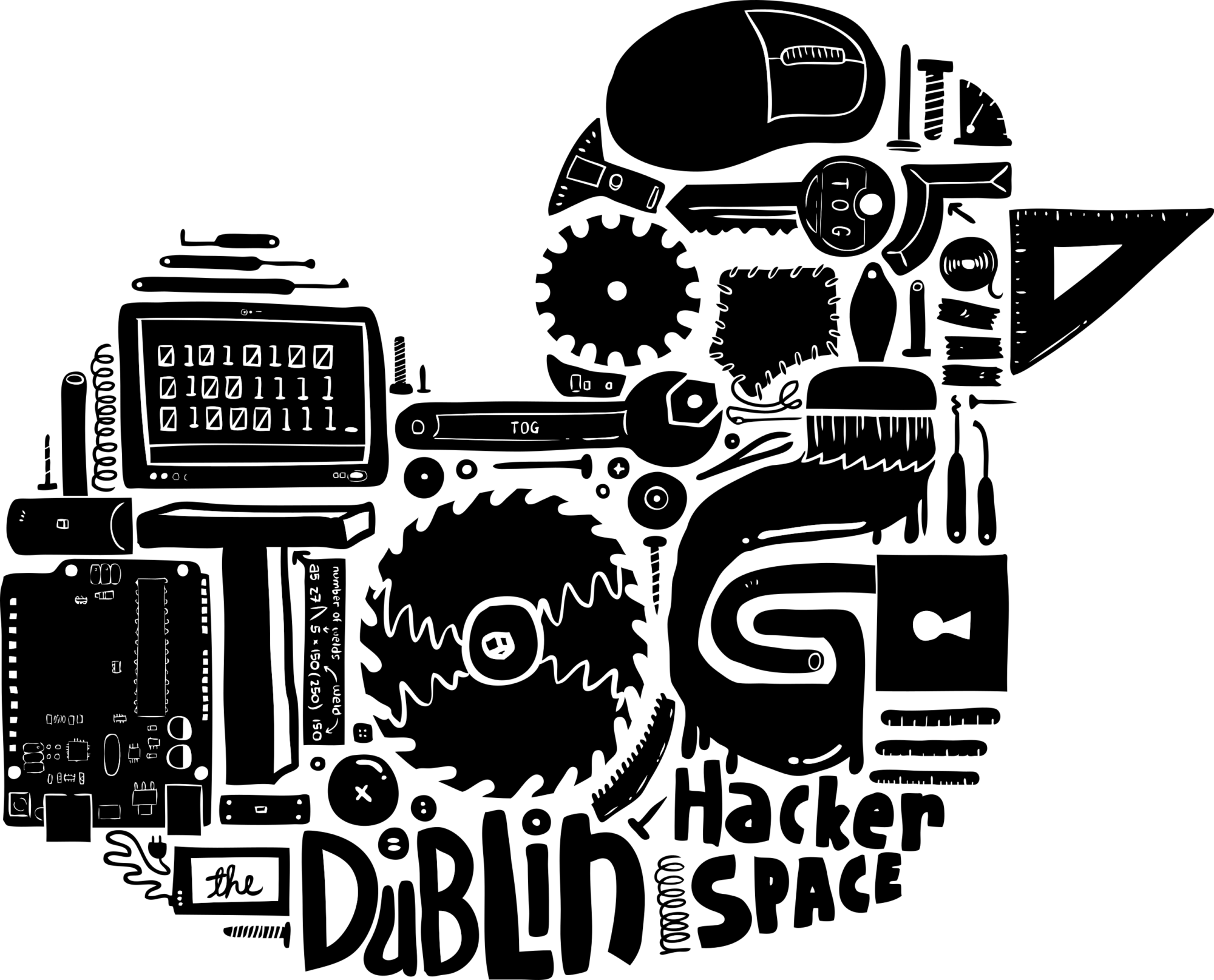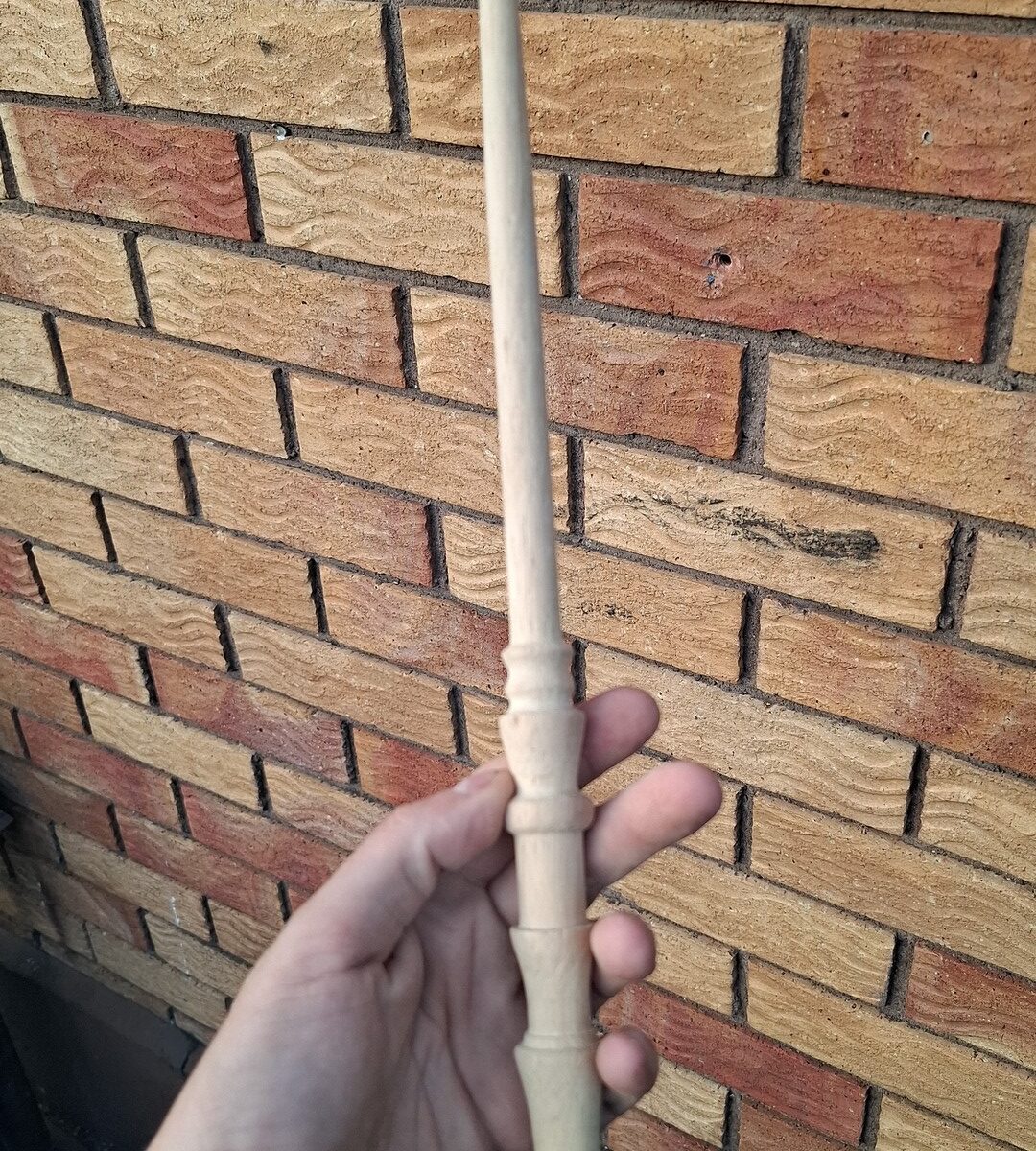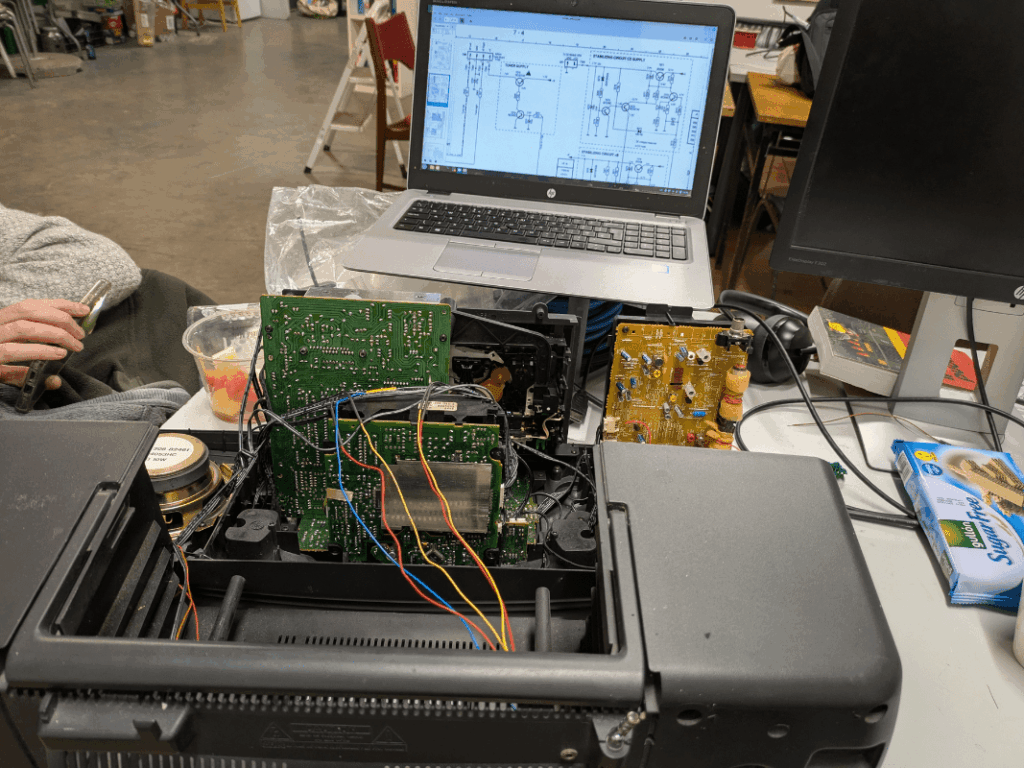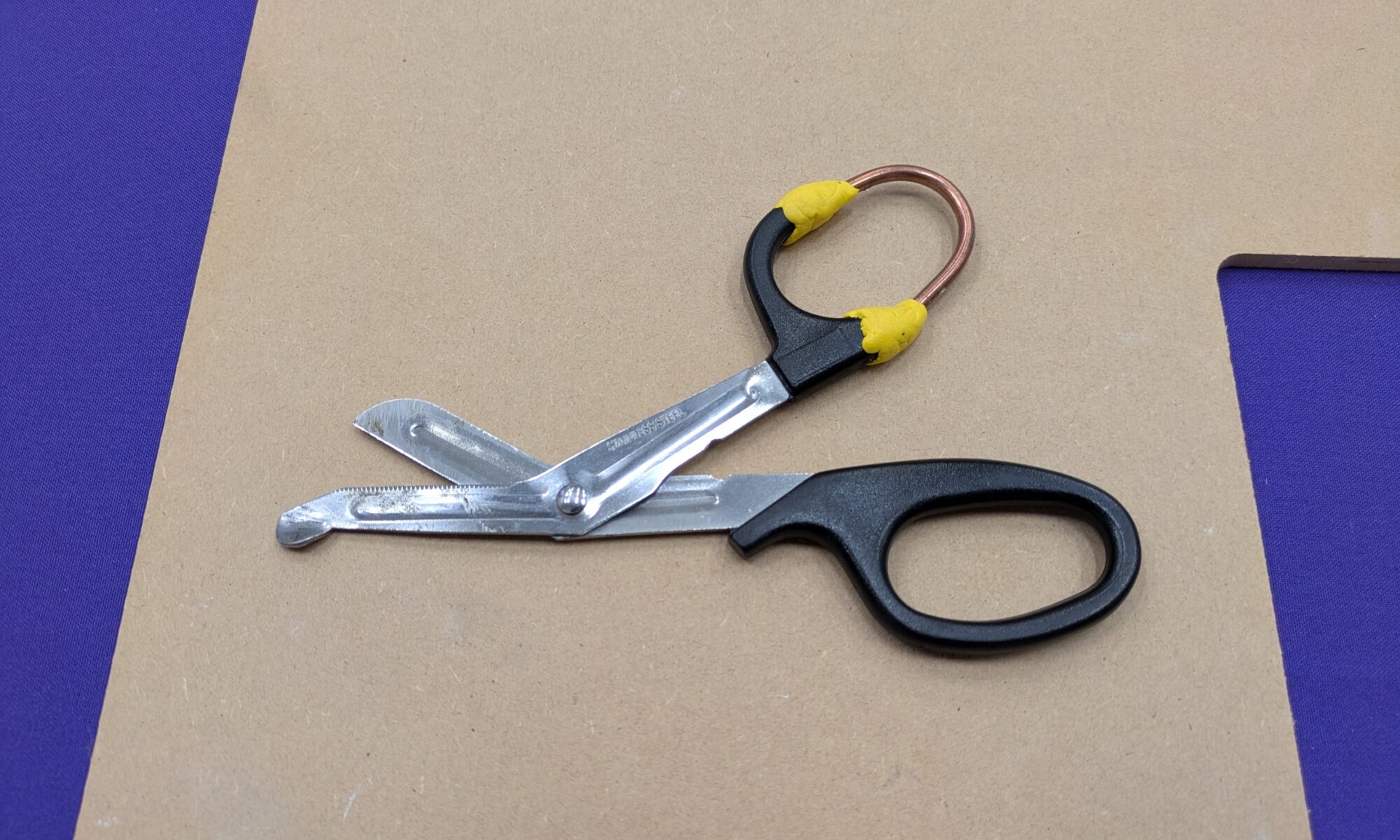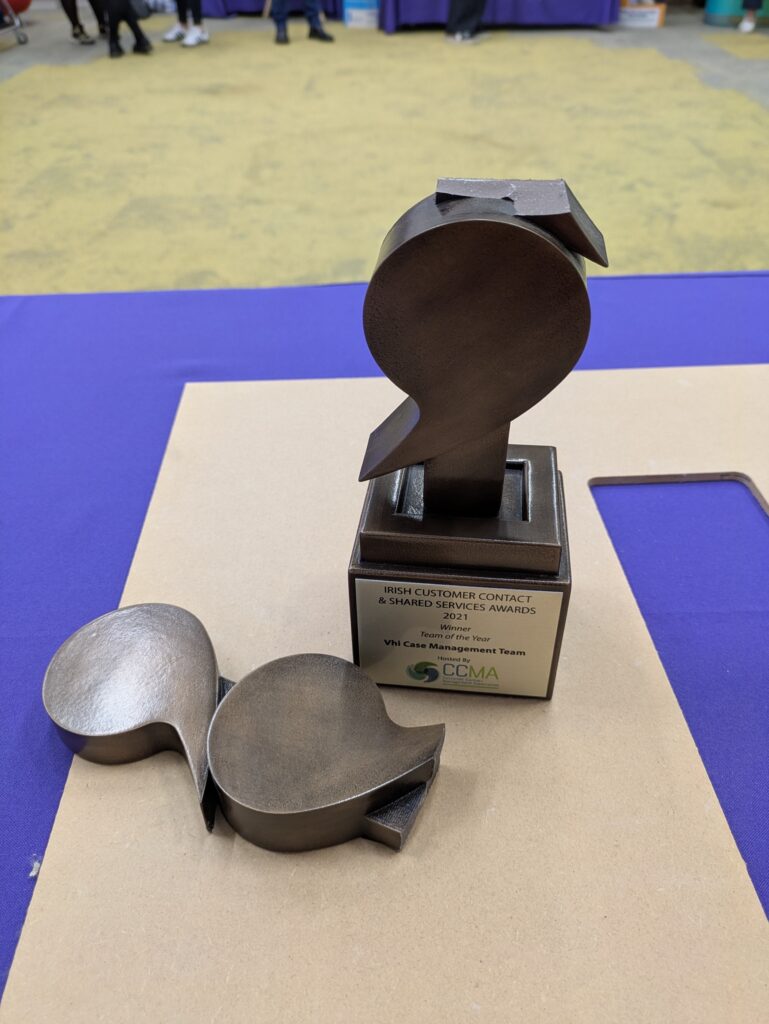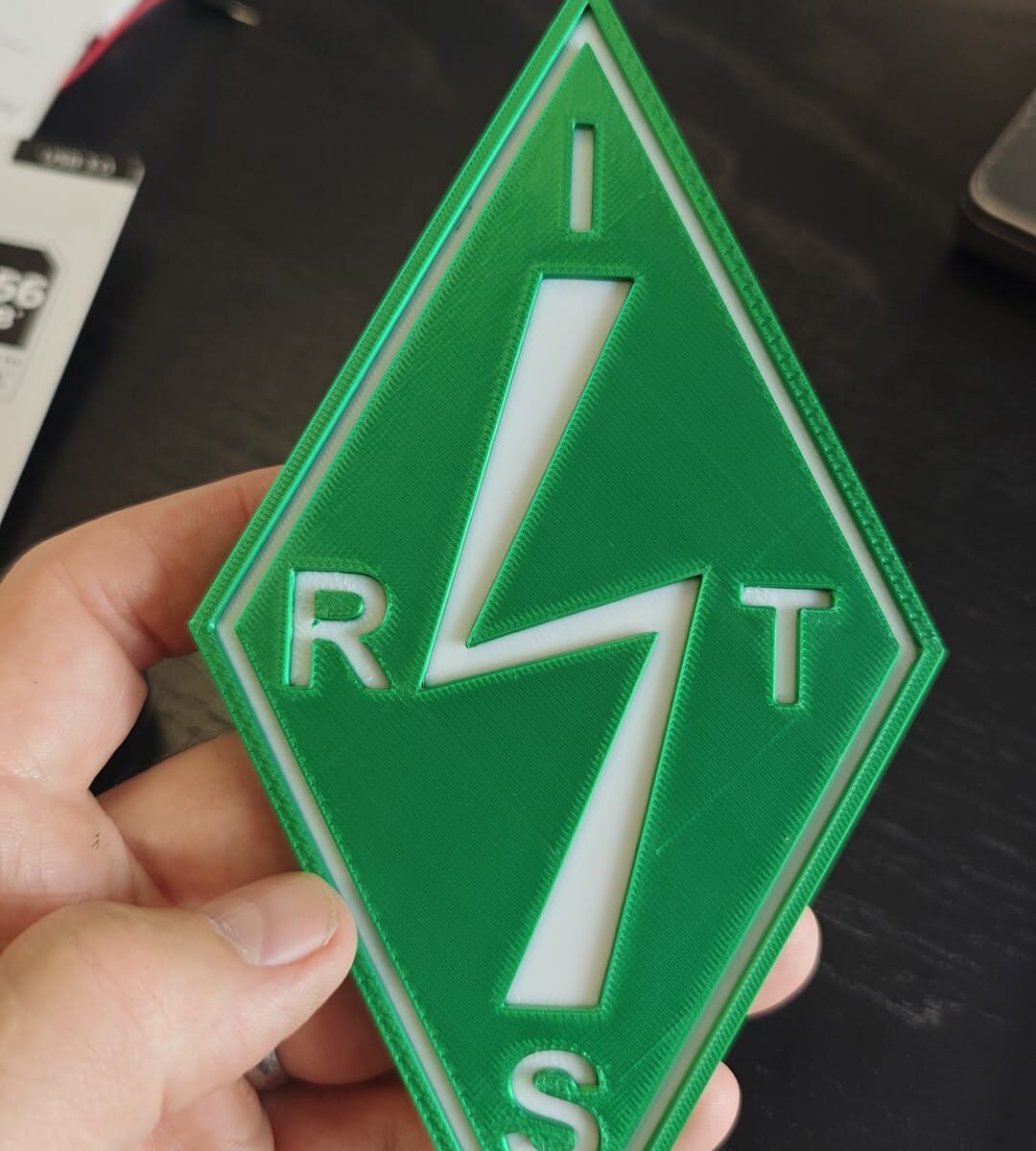This is a post from our member Hideki Shinichi.
One of the projects I’ve been meaning to tackle is a walking cane for my girlfriend, who sometimes needs extra support when moving around. It’s not just another workshop job; it’s important, so I wasn’t about to risk good timber on a first attempt. Before I even acquired a cane stock, I figured it made sense to spend some time wrestling with a tool that was still new to me: the wood lathe.
Since this was my first real spin at it, I started with softwood scraps. Honestly, the results were pretty rough. Tear-out everywhere, edges that looked more chewed than cut. Still, rather than chalk it up as a failure, I treated it as an early lesson. A quick trip for some denser hardwood planks gave me the excuse to keep going, and that’s when things took an unexpected turn.
What started as a test run slid sideways into a completely different project: wizard wands. With the lathe humming, I worked a pair of blanks down until they began to resemble something out of a fantasy film. To push the texture further, I brushed the grain with a wire brush, stripping away the softer fibres so the harder ridges stood proud. It made the timber beg for a good finish.
Painting and sanding became their own experiment. Both wands got a base coat, one solid black, the other black with flashes of red. After the paint set, I sanded them back so only the recessed grain kept its colour. The raised lines popped as raw wood while the grooves glowed darker. One wand ended up stained a deep brown, giving it an old-world look. The other I sealed with clear lacquer, which left the contrast sharper and cleaner.
The finished pieces? Two handmade wands, each carrying its own quirks, the sort of thing a kid (or a nostalgic adult) could wave around and feel a spark of magic. More importantly, they gave me a crash course in shaping, texturing, and finishing on the lathe, without the pressure of messing up the cane wood.

So the cane is still waiting, but now I’ve got a pair of unexpected practice pieces and a much steadier hand at the lathe.
And if you’re curious what others are up to in the workshop, there’s always something brewing, sometimes practical, sometimes just for fun. Keep an eye on the blog, or better yet, swing by on an open night and see for yourself.
For even more photos, visit our gallery.
